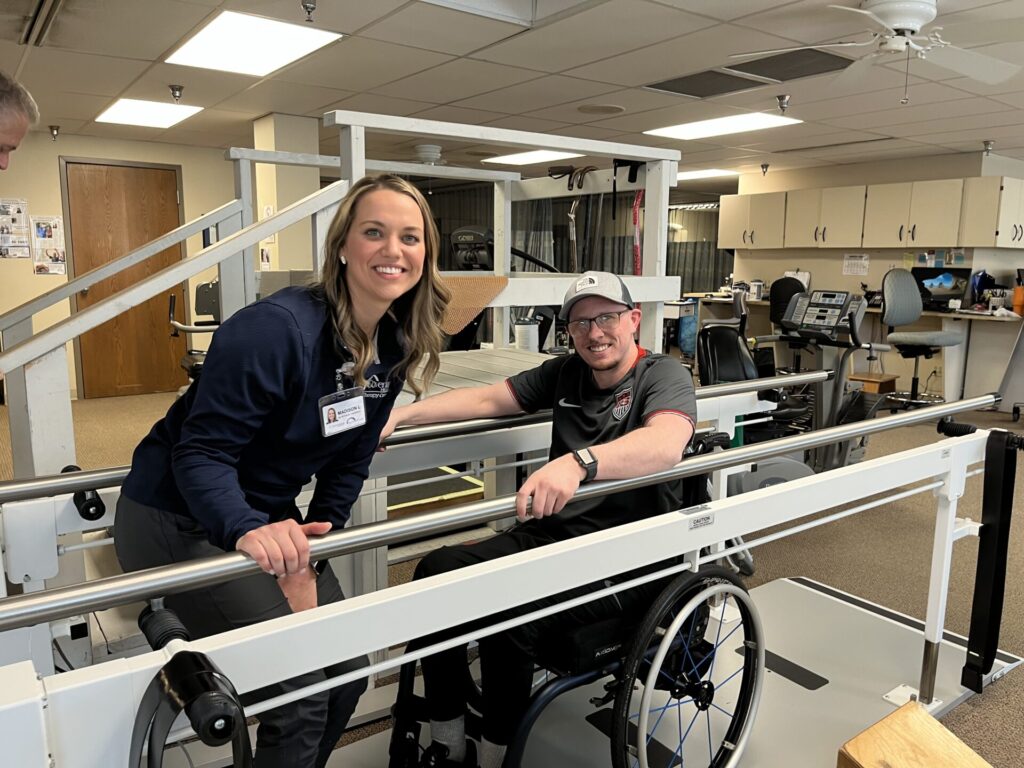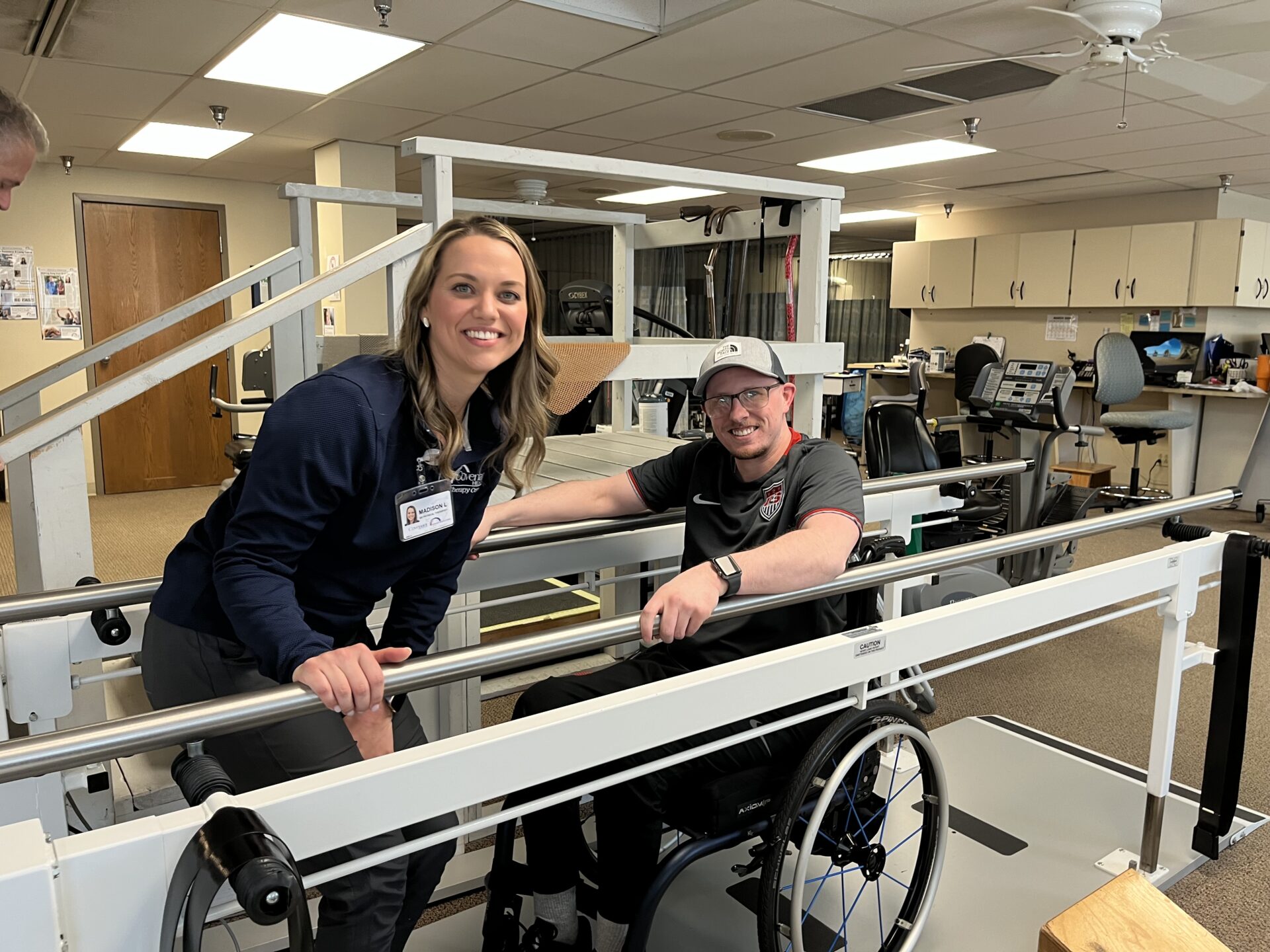- Find a DoctorDoctors by Specialty
- Cardiac Electrophysiology
- Cardiology
- Colon & Rectal Surgery
- Family Medicine
- Gastroenterology
- General & Vascular Surgery
- Gynecological Oncology
- Gynecology
- Infectious Disease
- Internal Medicine
- Interventional Cardiology
- Interventional Radiology
- Nephrology
- Neurology
- Neurosurgery
- Obstetrics & Gynecology
- Oncology
- Oncology & Hematology
- Orthopedic Surgery
- Otolaryngology
- Perinatology
- Psychiatry
- Pulmonary Medicine
- Radiation Oncology
- Rheumatology
- Sleep Medicine
- Thoracic Surgery
- Urology
- View All Doctors
- Our ServicesMedical Services
- Bariatric Services
- Behavioral & Mental Health
- Breast Care
- Cancer Care
- Critical Care
- Ear, Nose, & Throat
- Emergency Services
- Gastroenterology
- Glossary
- Heart Care
- Home Care
- Hospice & Palliative Care
- Imaging & Diagnostics
- Long-Term Care
- Nephrology
- Orthopedics
- Primary Care
- Rehabilitation Therapies
- Robotic-Assisted Surgery
- Sleep Services
- Spine Care
- Stroke Care
- Surgery Services
- Telehealth Services
- Urology
- Urgent Care
- Virtual Urgent Care
- Women’s Services
- Wound Care
- Our Locations
- Patients & Visitors
- About Us

In New York during the mid-20th century, the occupants of an office building started complaining about the wait times for the building’s elevators. The manager brought in consultants, engineers, and architects to analyze and hopefully fix the wait time issue. It was determined that the only solution was to add another elevator shaft. For the manager, this was not an option due to the high cost. Weeks went by, and the complaints increased. Then came the “aha” moment. They stumbled on a solution rooted in psychology and not engineering.
The office building installed mirrors outside the elevators. The mirrors were intended to distract those waiting for a ride to their office. They primped, preened, and used the mirrors to check out the others waiting for the doors to open. So simple, so genius, and the complaints all but stopped.
In healthcare, wait times are often a point of friction. Hanging a mirror in our Eds (Emergency Departments) or clinics will likely not distract our patients from the waits they sometime experience, but the concept works. This begs the question, what could we potentially implement to help divert patient’s attention from long wait times? I certainly do not have the answers while writing this, but the elevator story provides a couple key points.
- The solutions to our problems are rarely sitting right there on the surface. The best solutions will not likely come from where we expect to find them.
- When looking to solve an area of opportunity involving people, we need to consider psychology and human behavior.
Getting back to the wait times, what are some ways we can use patient engagement to lessen our patient’s anxieties during their wait for care? Some things to consider:
- Nearly all of them have a smartphone. How can we leverage this?
- Can we utilize wall or ceiling space to divert their attention from waiting?
- How can our employees help by positively engaging the customer?
- Can we use this opportunity to begin the education process related to their diagnosis?
- The best idea, your idea, goes here.
The elevator story is a great example of a novel idea developed out of necessity. It took the building’s management team a while to get there, but they found their solution. The key is to look beyond the typical and consider the customer/patient with empathy through a psychological lens. The answer is there, you just need to persist until you find it.
If your team needs a little help looking at your operations from a different perspective, please consider scheduling a Resolve to Solve workshop. You will be happy you did.
-Scot
Gannett, Allen. The Creative Curve: How to Develop the Right Idea, at the Right Time (p. 263). Crown. Kindle Edition.
























